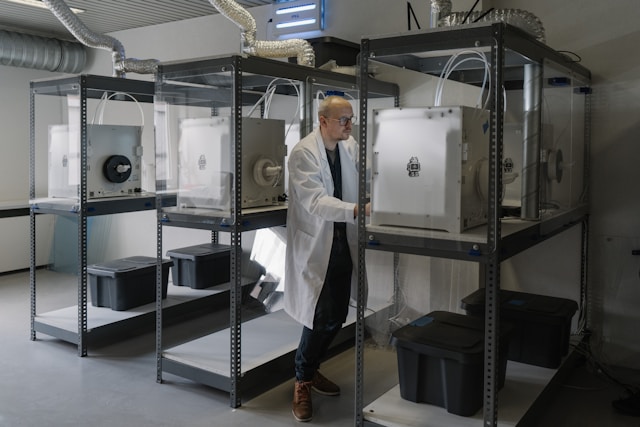Patches of pink snow and ice have been spotted on the glacial ice in the Alps (the highest European mountain range). Scientists are investigating the reason behind its occurrence. They believe that it is due to the naturally occurring algae.
Biagio Di Mauro of Italy’s National Research Council said, “The alga is not dangerous, it is a natural phenomenon that occurs during the spring and summer periods in the middle latitudes but also at the Poles,”
Accelerating the effects of climate change:
Normally ice reflects back more than eighty percent of the solar’s radiation in to the atmosphere. However algae has darkened the snow’s shade to pink, it will absorb more heat. This will result in rapid melting of glacier.
Di Mauro said, “Everything that darkens the snow causes it to melt because it accelerates the absorption of radiation. We are trying to quantify the effect of other phenomena besides the human one on the overheating of the Earth,”
Similar problem was previously observed in Greenland due to the plant known as Ancylonema nordenskioeldii. Dust and black carbon in that region not only resulted in darkening of the ice but also provide nutrition for dark-colored algae. Melting of ice further exposes algae to air and water, which in turn provided nutrition to further multiply.







